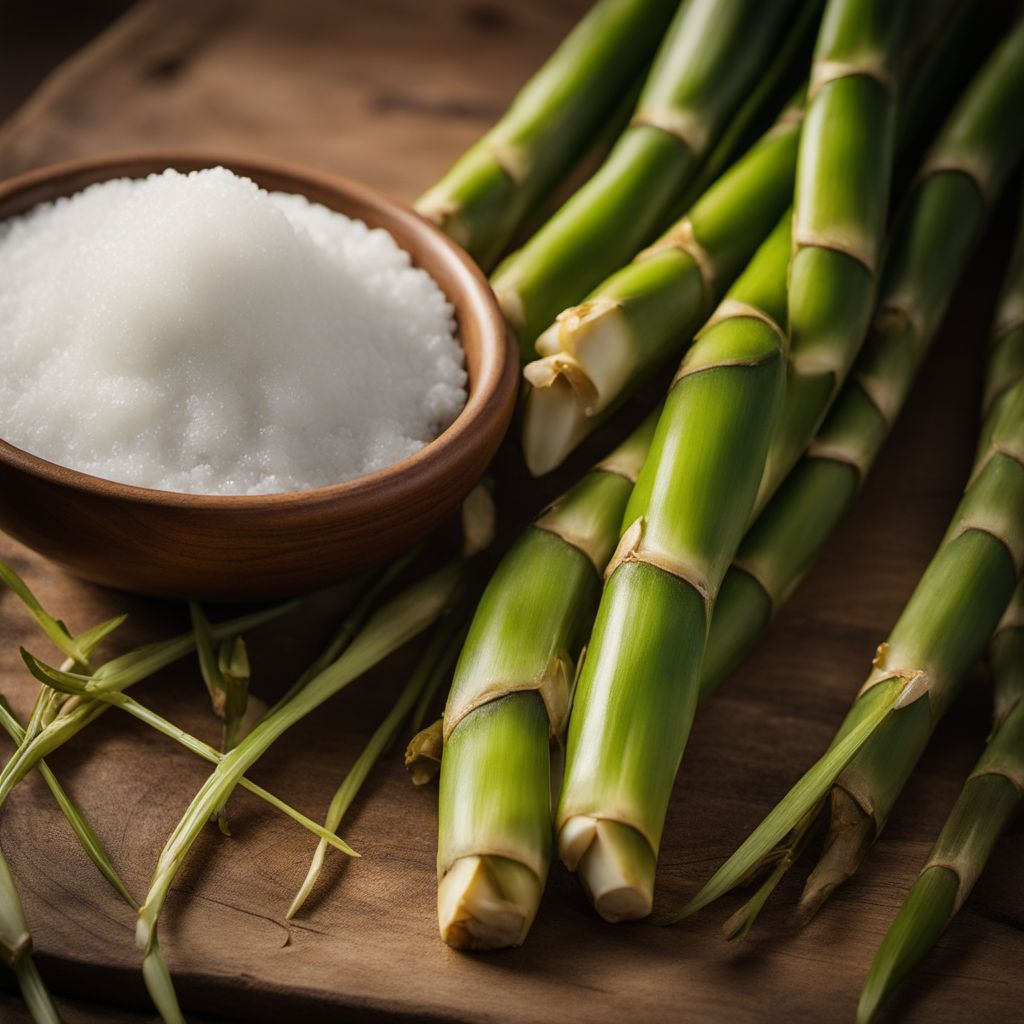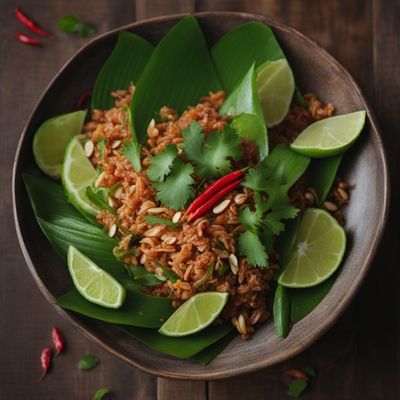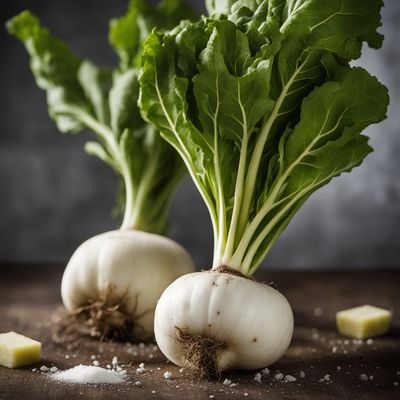
Ingredient
Sugar cane molasses
The Sweet Essence of Sugar Cane: Exploring the Richness of Molasses
Sugar cane molasses is a thick, dark syrup that is derived from the juice of sugar cane. It is a byproduct of the sugar refining process and is known for its robust flavor and sticky consistency. With its deep, caramel-like taste and velvety texture, sugar cane molasses adds a unique richness to both sweet and savory dishes. Its dark brown color and viscous nature make it easily distinguishable from other sweeteners.
Origins and history
Sugar cane molasses has a long history dating back to ancient times. It is believed to have originated in India and spread to other parts of the world through trade routes. It played a significant role in the sugar industry during the colonial era, particularly in the Caribbean and the Americas. Today, sugar cane molasses is produced in various countries, including Brazil, India, Thailand, and the United States.
Nutritional information
Sugar cane molasses is a concentrated source of energy, providing approximately 60 calories per tablespoon. It contains essential minerals such as iron, calcium, magnesium, and potassium, along with small amounts of vitamins B6 and E.
Allergens
Sugar cane molasses does not contain any known allergens.
How to select
When selecting sugar cane molasses, opt for organic or natural varieties that are free from additives or preservatives. Look for a dark, thick consistency and check the label for any additional flavorings or sweeteners.
Storage recommendations
Store sugar cane molasses in a cool, dry place, away from direct sunlight. It has a long shelf life and can be kept for several years if properly sealed. Once opened, it is best to refrigerate it to maintain its freshness and prevent crystallization.
How to produce
Sugar cane molasses is produced by extracting the juice from sugar cane, which is then boiled to remove the water content. The resulting syrup is further processed to remove impurities and create the desired consistency.
Preparation tips
Sugar cane molasses can be used as a sweetener in baking, marinades, sauces, and glazes. It pairs well with spices like cinnamon, ginger, and cloves, adding depth to gingerbread, barbecue sauces, and even savory dishes like baked beans. When measuring molasses, lightly coat the measuring spoon or cup with oil to prevent it from sticking. To make it easier to pour, warm the molasses slightly by placing the container in warm water.
Substitutions
Dark corn syrup or maple syrup can be used as substitutes for sugar cane molasses, although they may impart slightly different flavors to the dish.
Culinary uses
Sugar cane molasses is commonly used in baking, particularly in gingerbread, cookies, and cakes. It is also a key ingredient in barbecue sauces, baked beans, and certain Asian dishes. Its rich flavor and sticky texture make it a popular choice for glazes and marinades.
Availability
Sugar cane molasses is commonly available in regions where sugar cane is cultivated, such as Brazil, India, Thailand, and the United States.
More ingredients from this category
Recipes using Sugar cane molasses

Gujarati Kadhi Recipe
Tangy and Spiced Yogurt Soup: Gujarati Kadhi

Burmese Coconut Pancakes
Coconut Delight: Burmese Twist on American Pancakes

Kung Pao Chicken
Indo-style Spicy Chicken Stir-Fry

Miang Kham with a Twist
Savory Thai Betel Leaf Wraps

African-inspired Spiced Eggplant with Cane Syrup
Savory and Sweet African Eggplant Delight


